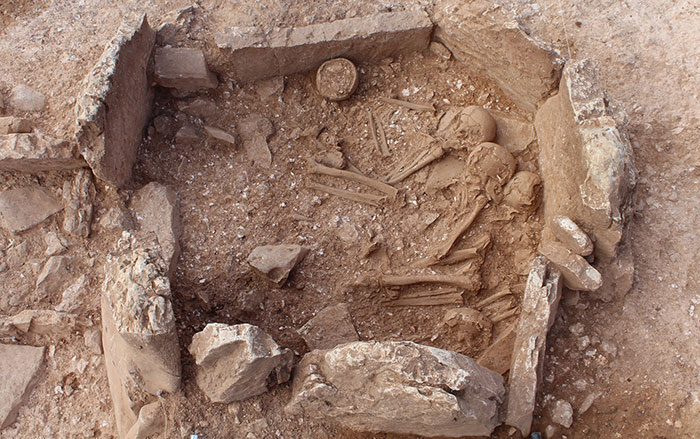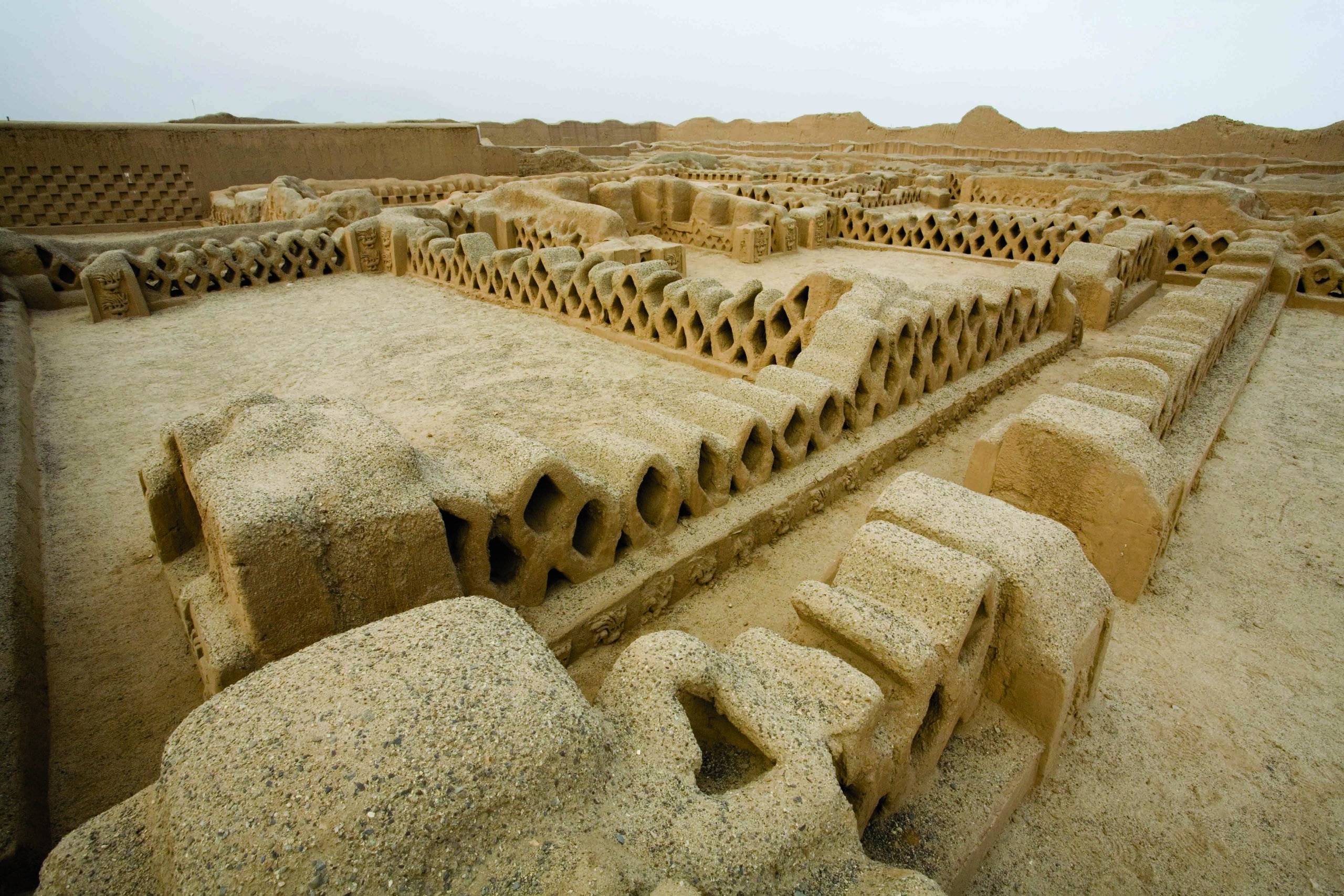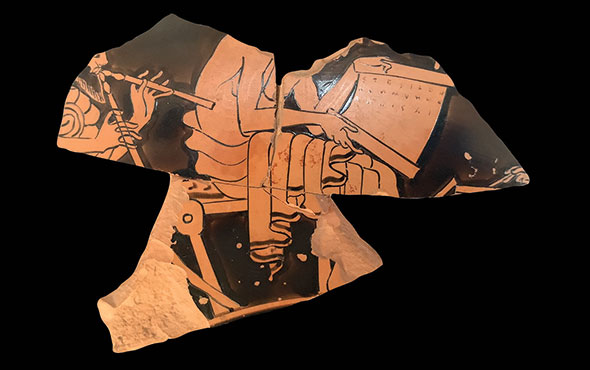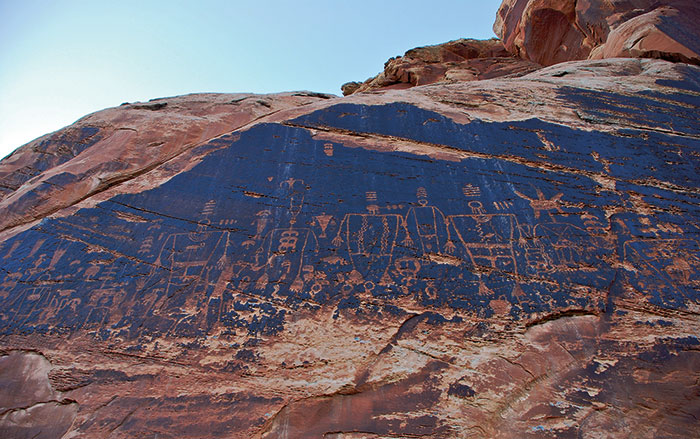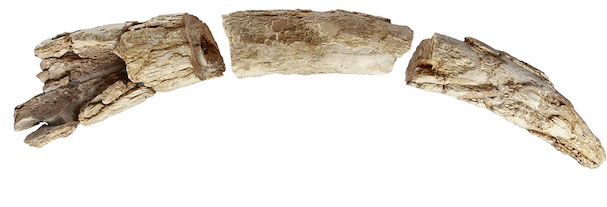
SEVILLE, SPAIN—According to a Live Science report, a new study of the tooth enamel of a Copper Age skeleton unearthed in 2008 in southern Spain indicates that the bones belonged to a woman. Previous examination of the skeleton’s poorly preserved pelvis had suggested that the remains were of a man, but amelogenin peptide analysis of the tooth enamel detected the AMELX gene, which is located on the X chromosome. “This analysis told us precisely that the skeleton was female,” said García Sanjuán of the University of Seville. Buried between 3,200 and 2,200 years ago with an ivory tusk, flint, an ostrich eggshell, amber, and a rock crystal dagger, the woman is now thought to have been the leader of her community because she had been buried alone. Most of the Copper Age burials in the region contain commingled bones, Sanjuán explained. “When we compared the grave goods with our database [of more than 2,000 grave sites in the area], we can clearly see that this woman stood head and shoulders above other individuals in terms of wealth and social status,” he added. Researchers also now think that this area of the Iberian Peninsula was a central gathering place. “It makes sense that the Ivory Lady would be buried here,” Sanjuán concluded. To read about spectacular prehistoric women burials in Spain, go to "Crowning Glory."



